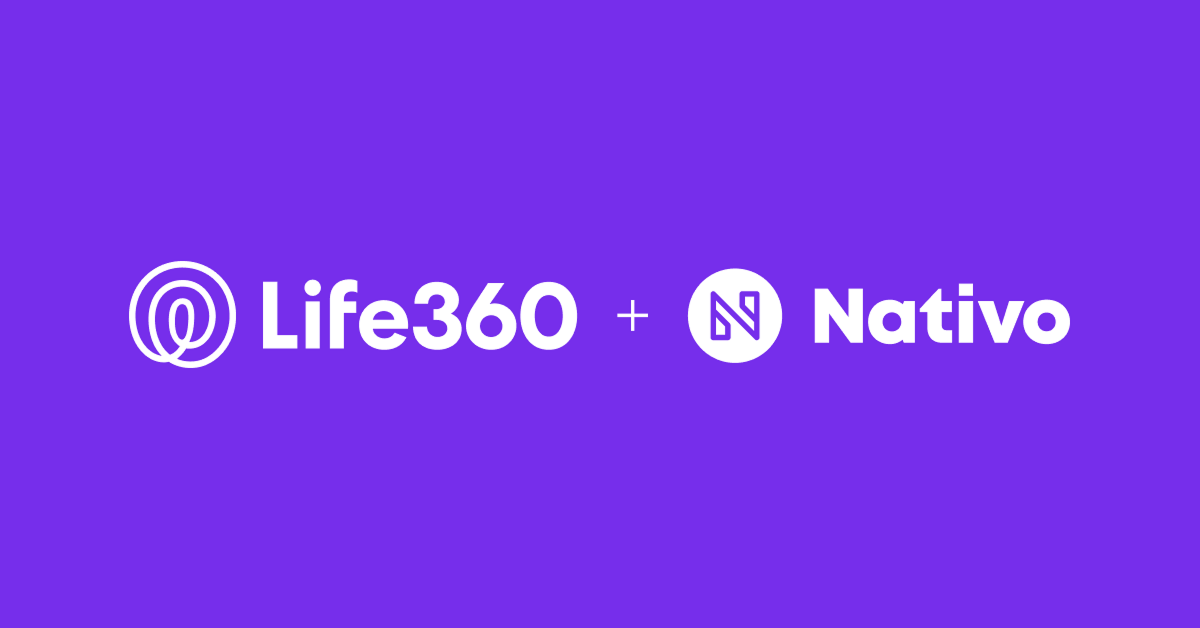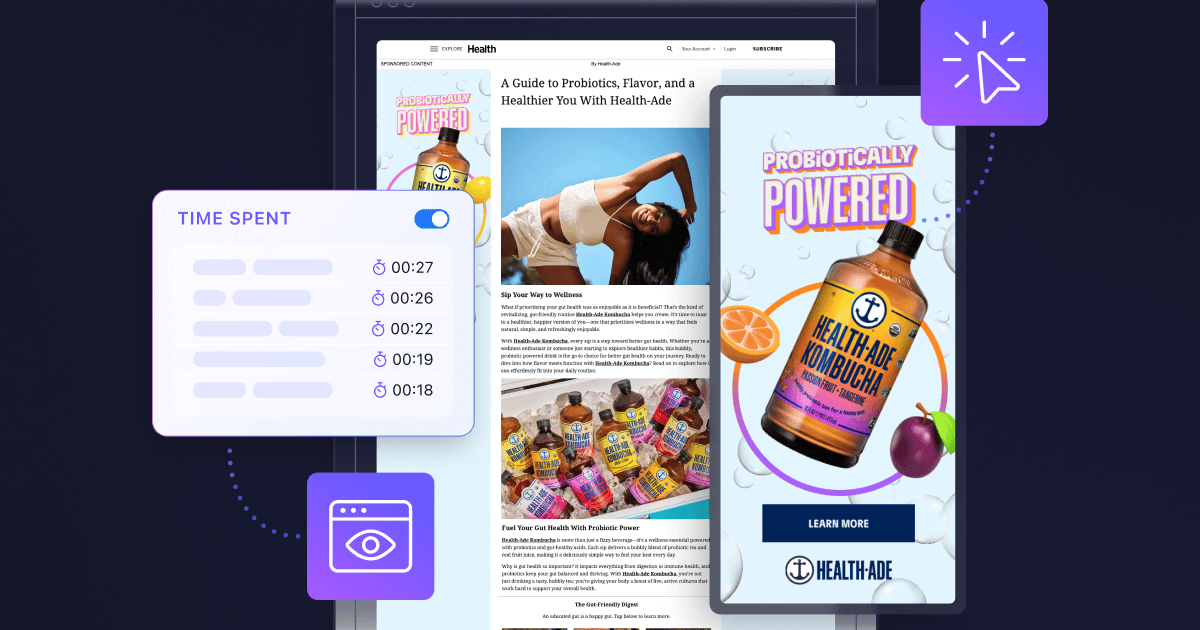The Impact Of COVID-19 On Consumer Content Consumption

Since December we’ve watched reports of coronavirus spread across the world, drastically impacting how people connect with one another. Restrictions on face-to-face interactions and shelter-in-place mandates pushed people indoors and online, where they communicate, work, seek information and consume entertainment within the digital ecosystem.
In this unprecedented time, it’s difficult to ascertain what impact advertising can - and should - have on an increasingly digital future. As brands and agencies contemplate next steps, the Nativo Research & Analytics team conducted an extensive content consumption study across our publisher marketplace to determine:
- How user content consumption habits are shifting as a result of COVID-19
- What content categories are experiencing the highest change
- What impact COVID-19 could have on your brand strategy
COVID-19 Moved Consumers to Digital
Since early March, Nativo’s marketplaces have seen an acute and continuous surge in overall content consumption - a direct correlation to major developments in the spread of COVID-19. There is a sudden consumer shift to digital as a source of information, research, productivity, entertainment and solace.

The details are in the data. Attention to the virus lagged in January and February, prior to the full realization of the scale, severity and impact of the outbreak. This mindset abruptly changed when the World Health Organization (WHO) declared a global pandemic on March 11.
The impact was swift and severe: The stock market plummeted, POTUS banned travel to Europe and the Federal Reserve slashed interest rates to 0, leaving consumers confused, frightened and desperate for information on the virus and economic consequences. Readers turned to the open web and content consumption surged on both mobile and desktop.
Deep Dive into Consumer Digital Behavior
While immediate consumer information needs were met on mobile, desktop saw a higher rate increase in content consumption, providing in-depth information delivered on a larger canvas.

Following the declaration of the global pandemic consumers were increasingly urged to remain indoors. While there was an expected increase within science, news and business publications, family and parenting, health/fitness and entertainment sites also experienced elevated readership levels across both mobile and desktop. This could be attributed to the heightened lean-in mindset as consumers researched the latest news and updates related to COVID-19.

Content consumption on home and garden and outdoor/hunting publications during this time indexed below average, likely attributable to the decrease in consumer attention toward outdoor recreational activities as well as limitations placed on social gatherings by local/state officials.
Impact on Brand Strategy
Right now, consumers are seeking updates on a situation evolving by the minute. As social distancing and shelter in place mandates are enforced across the country, consumer time online will stabilize, but remain higher than average. This increased reliance on digital media unlocks opportunities for advertisers to thoughtfully strengthen consumer connections.
Addressing the current situation directly isn’t a realistic strategy for all brands, nor should it be. Instead, brands should assess what content their consumers are engaged with, and determine if creating similar content aligns with their brand priorities and goals. Each piece of a COVID-19 plan should be evaluated against three main questions:
- Is this content authentic to my brand?
- Does this content address a core concern for my central audience?
- Does this content deliver value in the current environment?
Doing so will ensure that the connections brands create with their audience are authentic, impactful and lasting.

.jpg)


